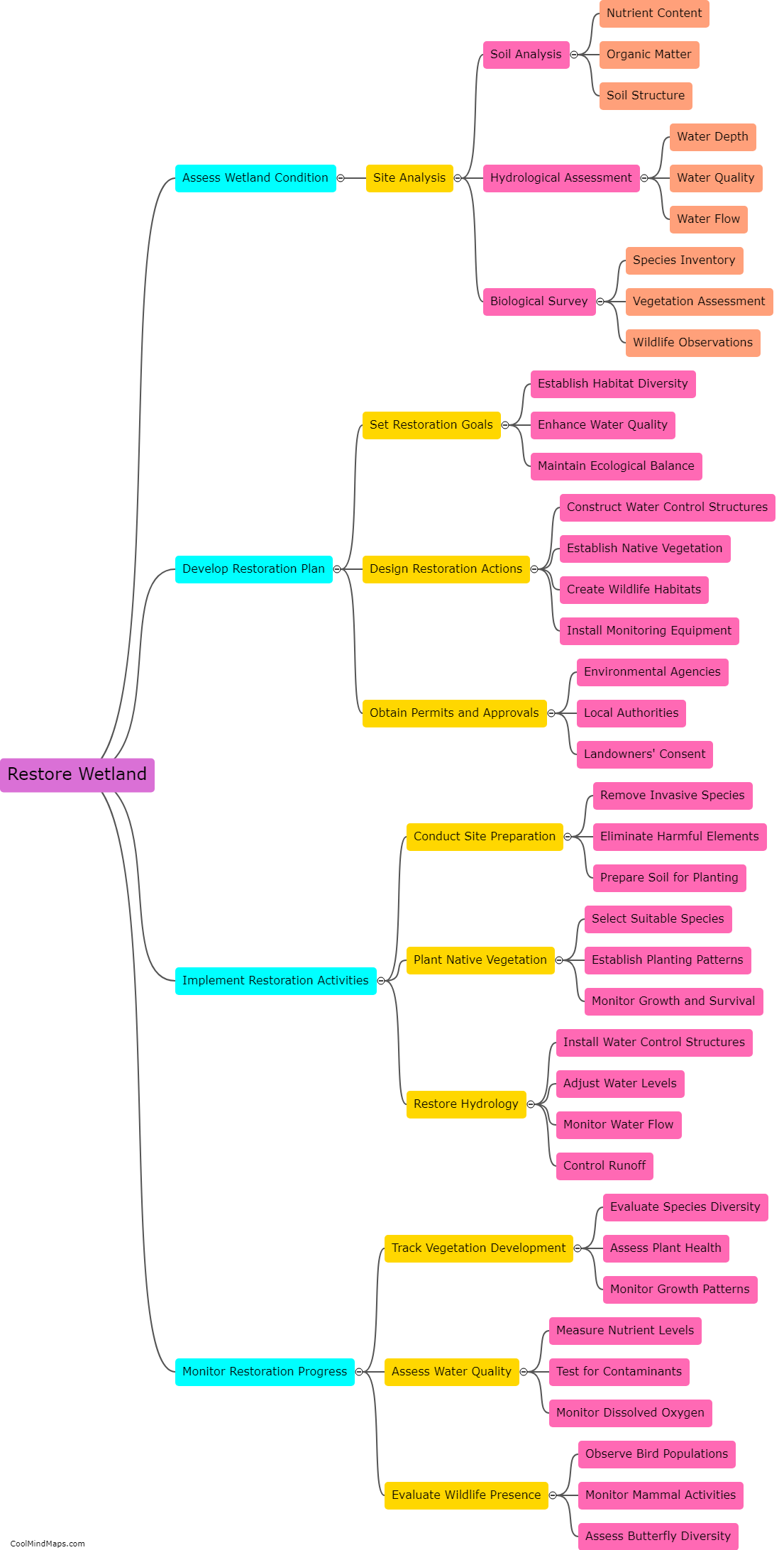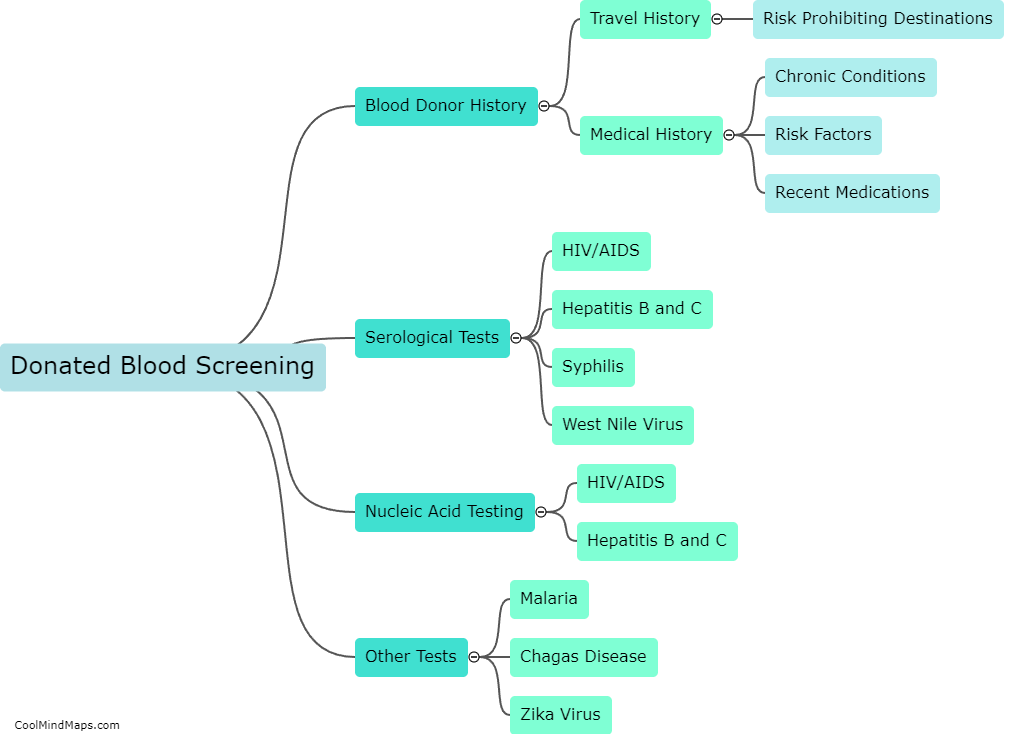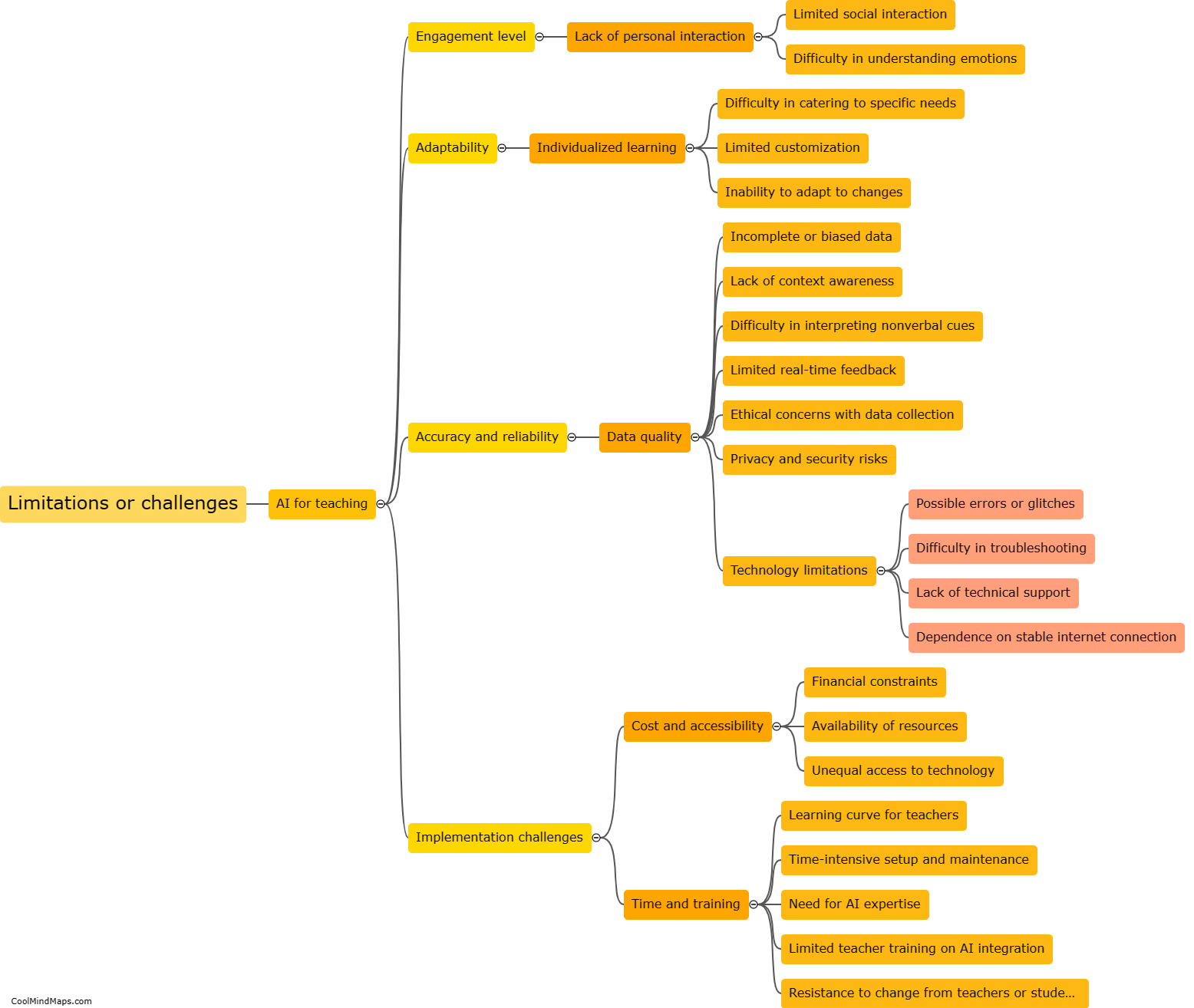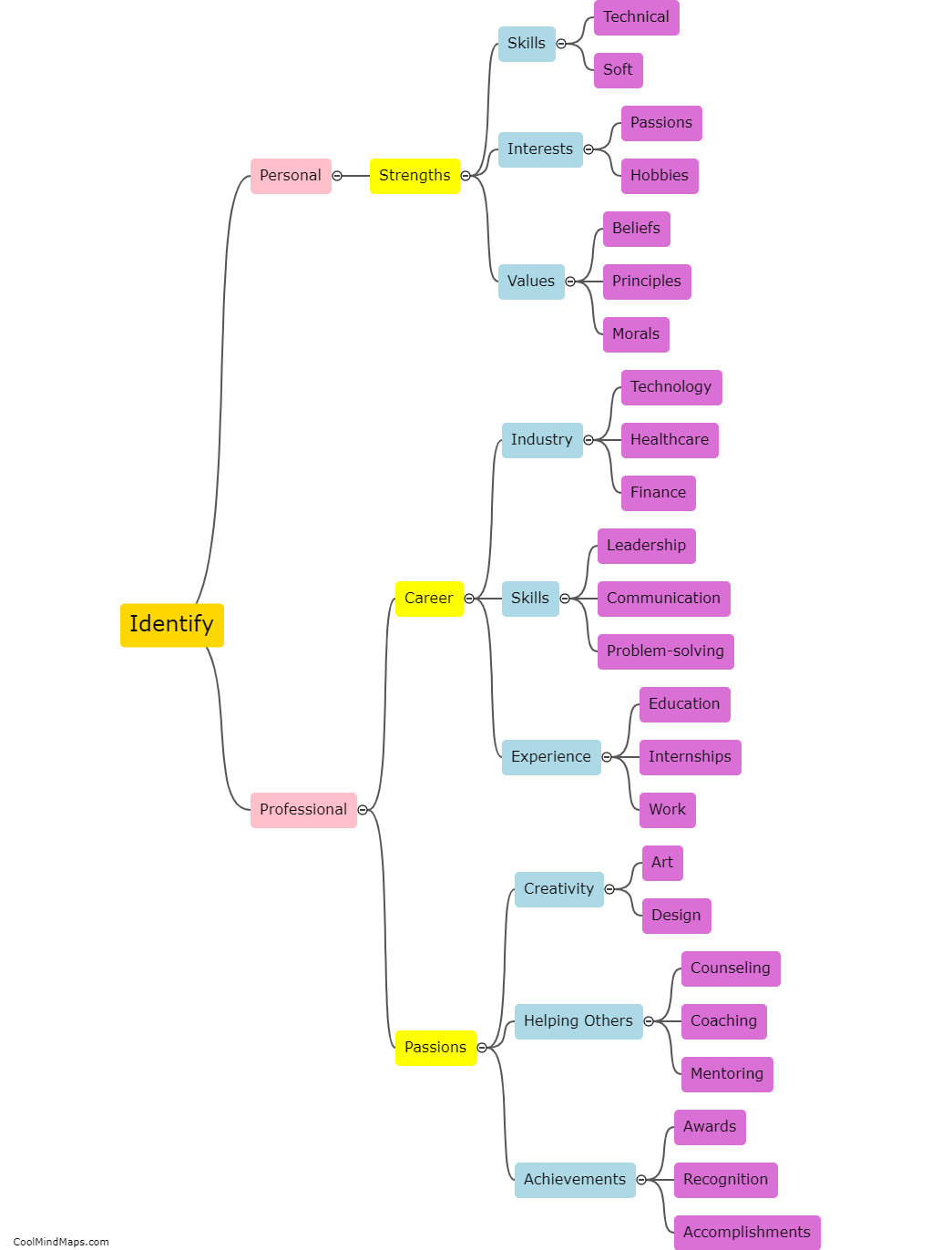What are the steps involved in restoring a wetland?
Restoring a wetland involves a series of steps aimed at reviving the ecological functions and biodiversity of these vital ecosystems. The first step is to assess the wetland's current condition, including identifying the cause of degradation, such as drainage, pollution, or invasive species. Following the assessment, a restoration plan is developed, which may include actions like re-establishing water flow, removing sediment or invasive plants, and planting native vegetation. Once the plan is in place, the site is prepared by clearing any obstacles or pollutants, often through excavation or dredging. The next stage involves reintroducing native plant species, which help stabilize the wetland and provide habitat for wildlife. Monitoring and maintenance are also crucial steps to ensure the success and long-term viability of the restored wetland, as they allow any potential issues or threats to be identified and promptly addressed. Overall, the restoration of a wetland requires careful planning, diligent execution, and ongoing management to restore and protect these valuable ecosystems.

This mind map was published on 19 January 2024 and has been viewed 88 times.











